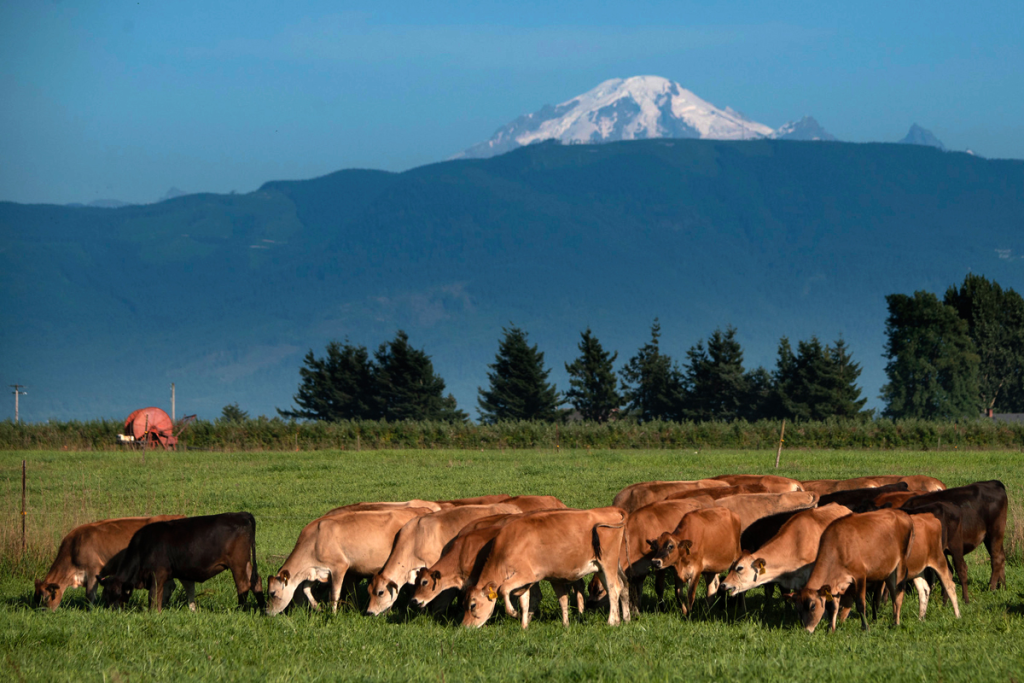
Sustainable animal farming is gaining traction worldwide as consumers become more conscious about the impact of their food choices on the environment. Unlike traditional farming methods that often rely on intensive resource use and contribute to pollution, sustainable animal farming aims to minimize environmental damage while promoting animal welfare and economic viability.
The key principles of sustainable animal farming include responsible land use, minimizing greenhouse gas emissions, and ensuring the humane treatment of animals. This approach often involves integrating animals into a rotational grazing system, where livestock graze different pasture areas, allowing the land to recover and regenerate. This method reduces soil erosion, improves soil fertility, and supports biodiversity.
Another crucial aspect of sustainable animal farming is reducing the use of antibiotics and hormones. Many farmers are turning to natural alternatives to maintain animal health, such as incorporating probiotics and essential oils into feed. This not only improves the overall well-being of the animals but also ensures that the meat and dairy products produced are free from harmful chemicals, which is a growing concern for health-conscious consumers.
Moreover, sustainable animal farming often focuses on supporting local communities and economies. By prioritizing local resources and markets, farmers can reduce their carbon footprint and create a more resilient food system.
As awareness continues to grow, more consumers are demanding transparency and sustainability in their food sources, driving a significant shift towards sustainable practices in animal farming. Adopting these practices ensures a more ethical and environmentally friendly approach to animal agriculture, benefiting both people and the planet.